
The 94th edition of the Oscars is just a few hours away and with it the euphoria for the most important award in the seventh art in the world has generated great interest. This is why the history of Latinos within the ceremony throughout its history has generated the search for those actors, directors, photographers and more who won by winning nominations or even winning them.
Anthony Quinn was an American nationalized Mexican actor, film director, painter, writer and sculptor who received multiple awards, including two Oscars, making him the first Aztec blood story to not only conquer them, but to do that act in the same category just 4 years apart: “ Best Supporting Actor” in 1953 for ¡Viva Zapata! and in 1957 by El Loco del Pelo Rojo.
The actor born on April 21, 1915 in Chihuahua, was baptized with the name Antonio Rodolfo Quinn Oaxaca, since his father was of Irish origin and his mother was Mexican, who met during the Mexican Revolution, in which both participated. The mixture of cultures was one of the main motivations for him to continue playing various roles with tonalities of many nationalities.

From a very young age, his family moved to the United States, and because the economic situation was not favorable, Antonio had to work since he was 5 years old and even more so when his father died. Some of the trades he performed were newspaper salesman, boot cleaner, mason and even a boxer during his adolescence. Professions he was never ashamed of and after his stardom he recalled with joy every time that a journalist asked him about the subject.
Anthony Quinn took a course in painting and acting at Polytechnic High School and in architecture with Frank Lloyd Wright, but despite playing for a while and doing it in an extraordinary way according to critics in the field, his destiny was already directed towards acting. For this reason, it didn't take long for his performance in the seventh to arrive with projects that, although they were not much remembered, but did contribute to making the rise to fame a reality.
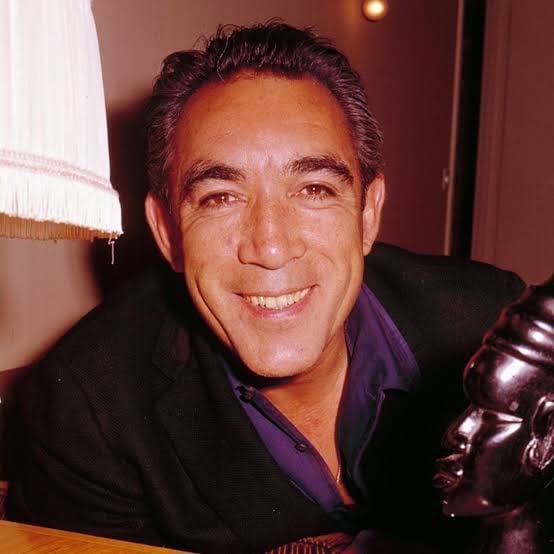
His pininos were performed in theater when he was 21 years old, and later made his debut in the world of cinema as an extra in films such as The Milky Way, by Leo McCarey and The Prison Vultures, by Louis Friedlander. Despite that, his first big moment on the big screen was with the film The Milky Way (1936) and with a role in the film Parole (1936). In both, the “extra” presence became a focus that the American public did not dislike, so more roles came quickly.
Despite having married filmmaker Cecil B. De Mille's daughter, Katherine, Anthony Quinn's career stagnated in supporting roles in which he played Native Americans, Italian mobsters, gangsters, Filipino and Hispanic, characters that didn't enrich his profession.
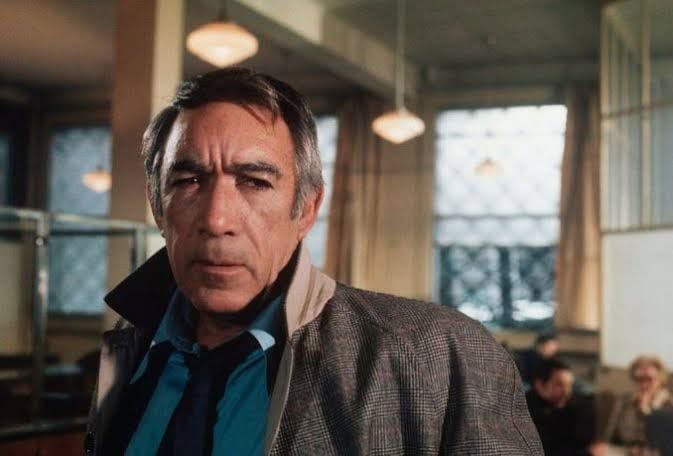
With Black Gold, international fame would appear before his eyes as this film won its first lead, being the year of 1947 very significant in his life, as it was also nationalized in the United States at the same time. There he personified a Native American who becomes an oil millionaire. In addition, he returned to the theater with the character of Stanley Kowalski in the play A tram called desire with which he received multiple critical acclaim.
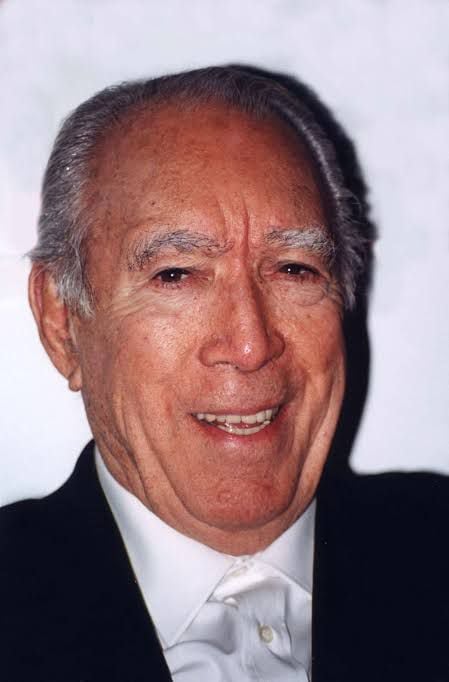
In 1952 he reached the top when he won his first Oscar for Best Supporting Actor for his participation in the film ¡Viva Zapata! , alongside Marlon Brando, playing Emiliano Zapata's brother, Eufemio. This is how Anthony Quinn became the first Mexican to obtain a golden statuette from the Academy.
Long live Zapata! was a 1952 American biopic directed by Elia Kazan. It narrates the life of the Mexican revolutionary leader going from his peasant origins, his revolutionary trajectory until his death. The film was fundamental in the mythologization of Zapata that today we can learn about the Mexican idol and it was here that history was made within the history of the Oscar for Mexicans.
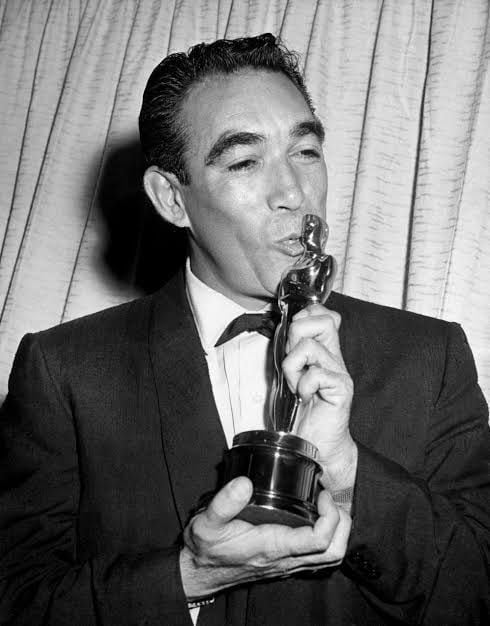
With this award in hand, Quinn's career took on a new air that led him to win his second Oscar, in the same category, in 1956, thanks to his performance as painter Paul Gauguin in Lust for Life, a film about the life of artist Vincent van Gogh, in which he only appeared eight minutes.
This act breaks two great records for Latinos: becoming the first Mexican to win the same award in the same category as well as gaining recognition from the Academy for an impeccable work that has made it one of the shortest performances in the history of cinema to still win the golden statuette.
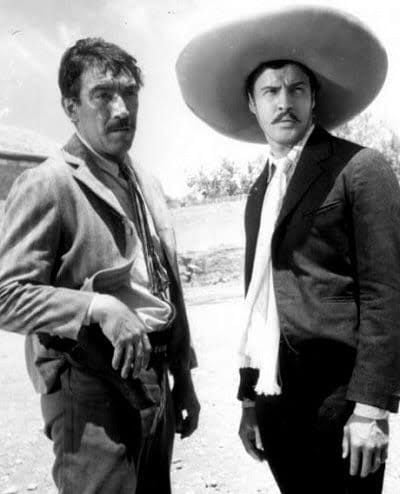
Unfortunately, he died with his last wife and children in a hospital in Boston in 2001, at the age of 86, as a result of severe pneumonia contracted after undergoing chemotherapy due to esophageal cancer. Some of his ashes were thrown into the Copper Canyon in Chihuahua and the rest of his ashes lay on his estate in Rhode Island.
Anthony Quinn's professional work has become not only a benchmark of success for Mexican actors and actresses, but for the entire Latin American guild, as it is the example that not only being originally from the United States can one win the Oscars. In this 2022 edition, the chances of another Mexican joining the list are great.
KEEP READING:
Últimas Noticias
Debanhi Escobar: they secured the motel where she was found lifeless in a cistern
Members of the Specialized Prosecutor's Office in Nuevo León secured the Nueva Castilla Motel as part of the investigations into the case

The oldest person in the world died at the age of 119
Kane Tanaka lived in Japan. She was born six months earlier than George Orwell, the same year that the Wright brothers first flew, and Marie Curie became the first woman to win a Nobel Prize

Macabre find in CDMX: they left a body bagged and tied in a taxi
The body was left in the back seats of the car. It was covered with black bags and tied with industrial tape
The eagles of America will face Manchester City in a duel of legends. Here are the details
The top Mexican football champion will play a match with Pep Guardiola's squad in the Lone Star Cup

Why is it good to bring dogs out to know the world when they are puppies
A so-called protection against the spread of diseases threatens the integral development of dogs




